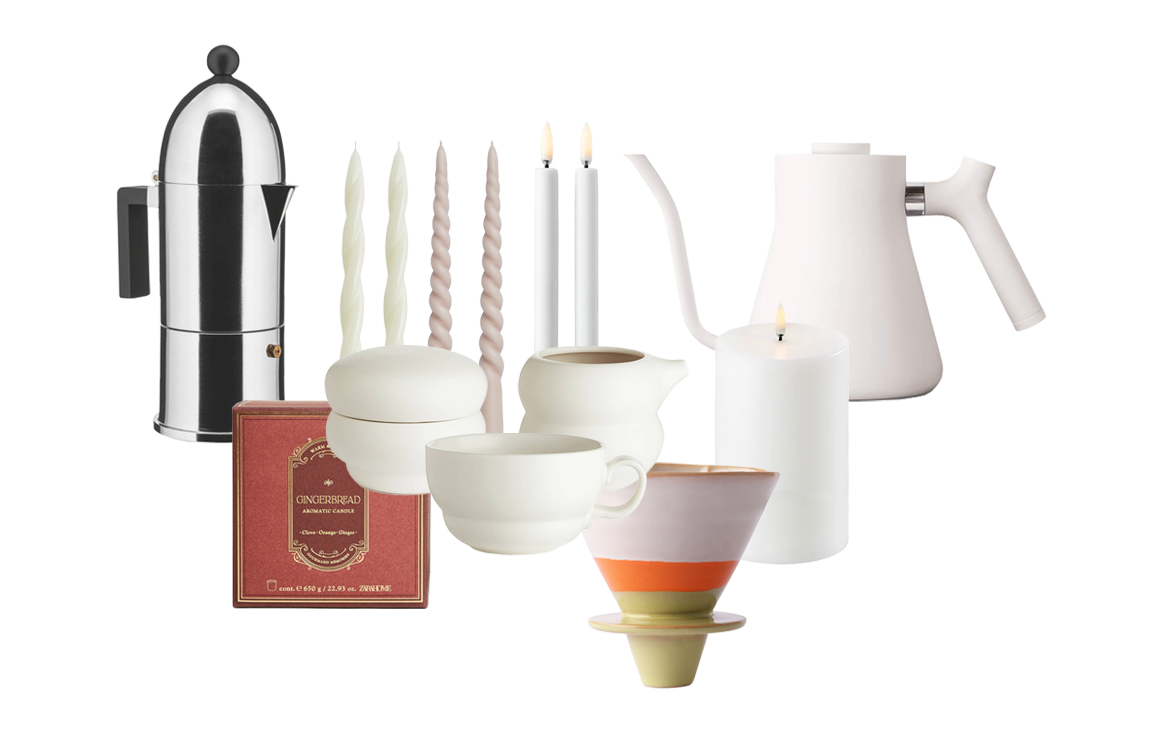Working on the design of a home (actually, it could extend to almost anything) is a process that requires layers: layers of thought, information, textures... And the more layers, the better the result. But beware, this doesn't mean we should become overly ornate; instead, it means making deliberate decisions.
And what does that mean? In essence, it means not going for the easy way. When we face the design of a project for the first time, we always ask ourselves what the goal is and what problems we need to solve. But once this initial phase is passed, we move on to the details, and that's where it's easy to get lost. Because there are many decisions, many of them small and overlapping, and it can be very tempting to take shortcuts and opt for a matched look.
A solution that, whenever possible, you should avoid. Yes, we are aware that a furniture set is very convenient because it doesn't require much thought, and you can have it all done in a single visit to the store. But the matched look is a deception disguised as making our lives easier, if only for a moment. Because a space where each piece has value on its own, regardless of whether it matches the one next to it, is much (much) richer in nuances.
Here are some examples:
Matching living room furniture (TV cabinet, coffee table, etc.): a living room, especially if it's large, can require many pieces, and choosing each one can be frustrating. But if they all have the same design, the space will lose personality. If you find it overwhelming to make so many decisions, take it one step at a time; there's no need to have everything ready on the first day.
Sofa and armchairs: when the sofa has one design and the armchairs have another, we are conveying that we have thought about it, that we have meditated on it calmly, and chosen a combination that, at least for us, has some meaning. An effective way to solve this is, for example, by opting for a sofa with a more massive design, no visible legs, along with a light armchair with a wooden structure and visible legs. The difference between the two pieces is obvious, but we are sure that the result is better than if they were from the same collection.
Handles and knobs: each piece of furniture has each own design and finish, and therefore, it needs a type of handle that responds to it. We don't mean you have to go crazy and choose a different handle for each piece of furniture in your home, but you should dedicate the necessary time to ensure that the set is harmonious but not repetitive. Note: it's not strictly essential for the handles of the bathroom vanity to match the faucets!
Dining table and chairs: although each space has its rules, we usually prefer that chairs and table don’t have the same finish (and, of course, that they don't match), so the space appears lighter visually (if you need inspiration, you can find some of our favorite combinations in this post on our Spanish blog).
In summary, we could say that choosing the furniture for a home is similar to dressing every day: it's customary for a shirt, pants, shoes, etc., to have a different material, even if they share a color. Just imagine wearing all the garments, including shoes and a coat, with the same pattern! Well, the same goes for a home: the winning combination is in the mix.
As a final note, when we talk about matching elements, we always refer to furniture pieces and accessories, but never to interior finishes like floors or walls, as there we invite you to be minimalist (although we will talk about that).
TIME FOR HOT DRINKS AND CANDLES

In the previous newsletter, we were complaining about the absence of autumn and missing the cold. Well, it seems that bad weather has arrived and is here to stay, along with hot drinks and candles.
As time changes and the days grow shorter, we always light this candle at home, its scent evoking the holiday season and becoming a tradition. And on the dining table, long candles that we light without fail during meals because you don't have to wait for special occasions to enjoy them. We love the spiral-shaped ones, even though they burn out quickly. Have you ever tried the LED ones? They may be less romantic, but they create such a pleasant and cozy atmosphere that we're tempted to buy some to try (the Swedes, who are experts in candles, use them).
At home, we never run out of infusions, and our kettle has been in constant use for weeks (if you need one, this is one of the best). But there's also room for coffee, a topic we could talk about for hours because we're passionate about it—our friends and family know, and we're always well stocked (thanks!). We have at least four different types of coffee makers because there are never enough, and believe it or not, we use all of them. Although, to simplify, the classic moka pot (have you heard of this one designed by Aldo Rossi?) or the drip coffee makers (which are often very beautiful, like this one) are always a hit due to their simplicity. Any recommendations?
Happy month,
Ana & Edgar
Some of the product links we recommend are part of affiliate programs. This doesn't change how you make purchases or affect the price; it simply means that with your purchase, we receive a small commission for contributing to drive the sale. Thank you!





